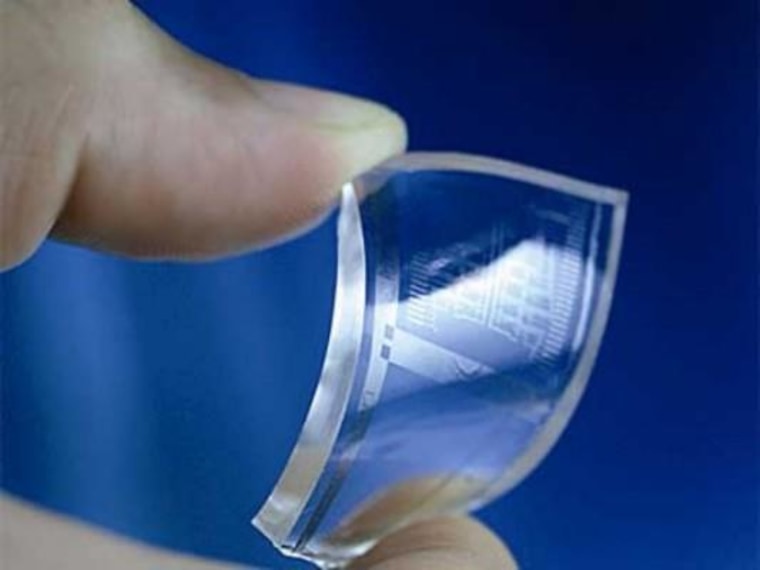In a discovery that experts say could revolutionize fuel cell technology, scientists in Britain have found that graphene, the world's thinnest, strongest and most impermeable material, can allow protons to pass through it. The researchers, led by the Nobel Prize winner and discoverer of graphene Andre Geim of Manchester University, said their finding also raised the possibility that, in future, graphene membranes could be used to "sieve" hydrogen gas from the atmosphere to then generate electricity. "We are very excited about this result because it opens a whole new area of promising applications for graphene in clean energy harvesting and hydrogen-based technologies," said Geim's co-researcher on the study, Marcelo Lozada-Hidalgo. Graphene, the thinnest material on earth at just one atom thick, and 200 times stronger than steel, was first isolated in 2004 by Geim and fellow researchers, who were awarded a Nobel Prize in 2010 for their work. It is renowned for being impermeable to all gases and liquids, giving it the potential for a range of uses such as corrosion-proof coatings, impermeable packaging and even super-thin condoms. Knowing that graphene is impermeable to even the smallest of atoms, hydrogen, Geim's team decided to test whether protons, or hydrogen atoms stripped of their electrons, were also repelled. Their work was published in the journal Nature. Geim and Lozada-Hidalgo, explaining their finding in a telephone briefing for reporters, said this meant graphene could in future be used in proton-conducting membranes, a crucial component of fuel cell technology.
IN-DEPTH
- Samsung's Graphene Research Leads to Flexible Devices and More
- 5 Reasons Graphene Will Change Your Gadgets Forever
- 'Wonder Material' Graphene Is Just Getting Started, Researchers Say
--- Reuters
